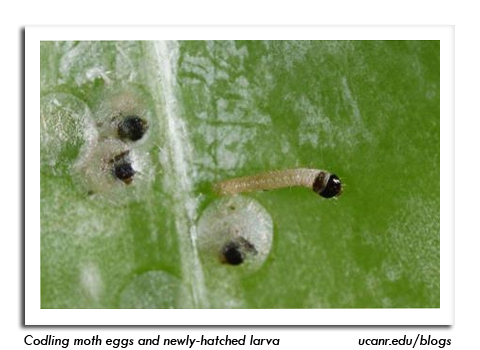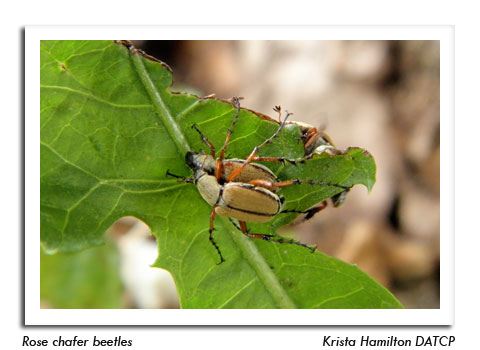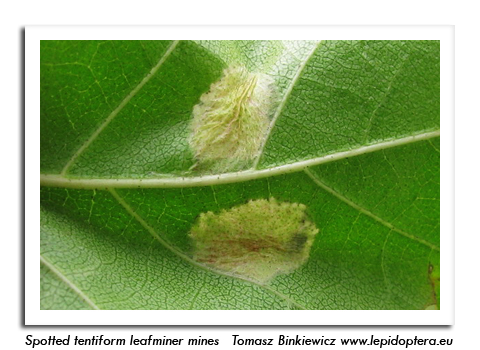
 |
|
|
Fruits
Volume 59 Number 9 Date 06/26/2014 CODLING MOTH - The spring flight has peaked in most orchards, although counts remain high at some sites. Economic counts of five or more moths per trap per week were registered at nine of 27 locations during the June 19-25 monitoring period. Larvicides or other controls should be maintained to prevent problems by the current and subsequent summer generation of larvae. Apple growers are reminded that pheromone lures degrade rapidly at warm temperatures and should be replaced every 3-4 weeks. Scouting fruits for tiny, circular entry wounds is recommended in the week ahead. REDBANDED LEAFROLLER - Moth counts are expected to increase by early July as the second flight accelerates. Minimal RBLR activity was noted this week, with average counts varying from 0-38 moths per trap and averaging only 7.4 per trap. ROSE CHAFER - This vineyard and orchard pest is emerging and may soon skeletonize grape leaves and consume developing fruit clusters in Wisconsin vineyards. Biweekly scouting is advised for vineyards on sandy soils and those with a history of rose chafer problems as soon as the first beetle is observed. An average of two beetles per vine has been suggested as the basis for initiating controls. Systemic soil drench insecticides are usually very effective when applied at least 20 days in advance of the adult emergence period. Commercially available traps attract more beetles from surrounding areas and are not recommended for use in vineyards. SPOTTED TENTIFORM LEAFMINER - The second flight continued this week, with pheromone trap counts ranging as high as 950 per trap. The peak in moth activity should occur by July 15 throughout most of southern Wisconsin and a week or more later in the southeast, central and northern areas. Apple orchards with populations greater than one mine per leaf or a history of infestation are candidates for control of second generation leafminer larvae. OBLIQUEBANDED LEAFROLLER - Larvae are emerging across the southern half of the state. The small, newly-hatched caterpillars are controlled by most products applied for codling moth (except granulosis virus and mating disruption), but scouting is still recommended to determine if codling moth sprays have effectively reduced OBLR populations or if additional measures are needed to prevent fruit damage. Sampling for fruit and foliar feeding should begin seven days after the first moths are captured in pheromone traps. FIRE BLIGHT - Shoot blight and other symptoms of this bacterial disease are appearing in many orchards. Removing or pruning strikes at least twelve inches below the cankers should help suppress the spread of fire blight. Sterilizing pruning tools with a 10% bleach solution between cuts is advised. -- Krista Hamilton, DATCP Entomologist 




|
|
|